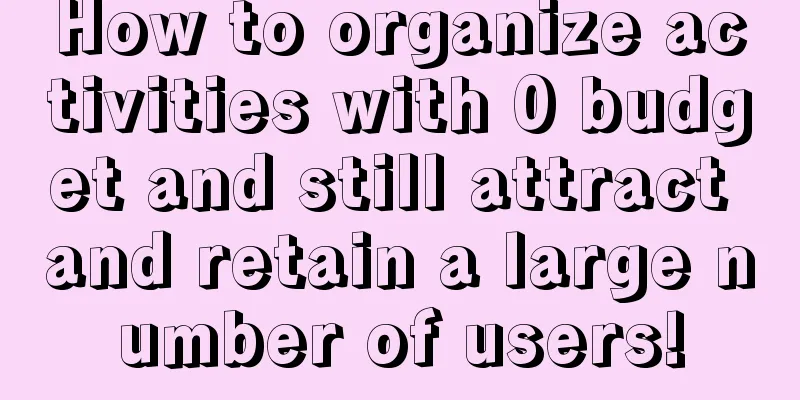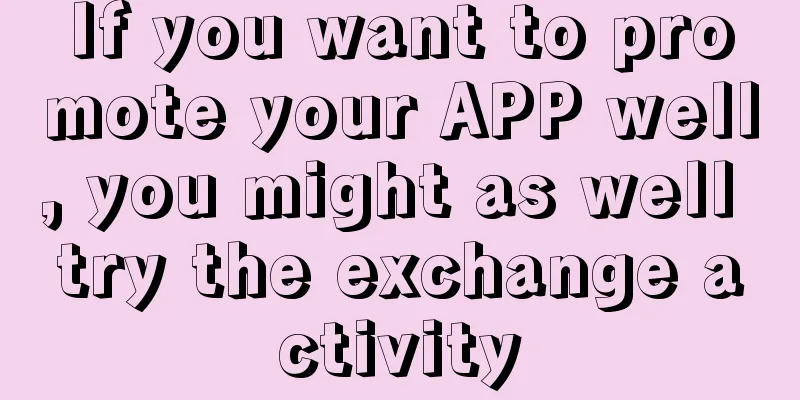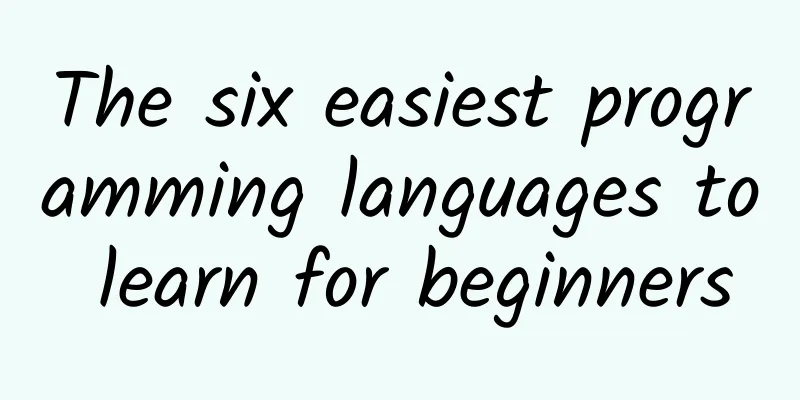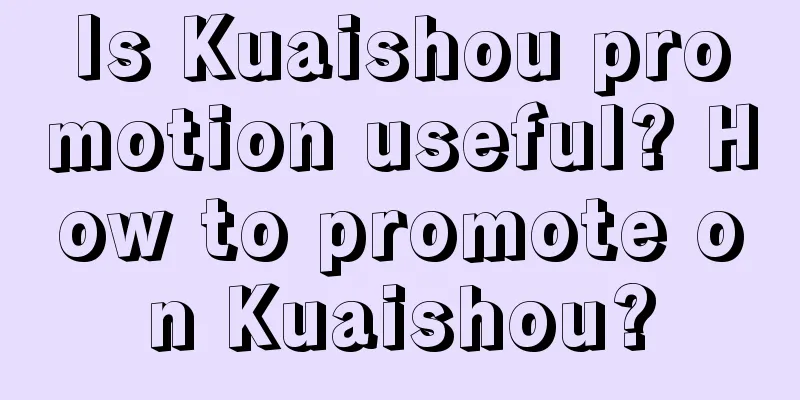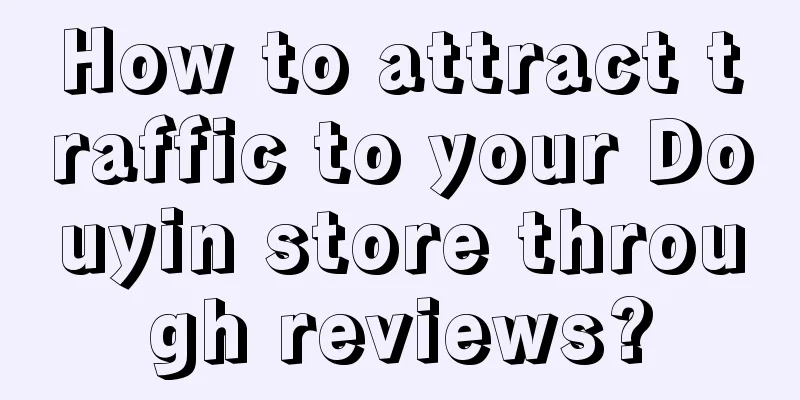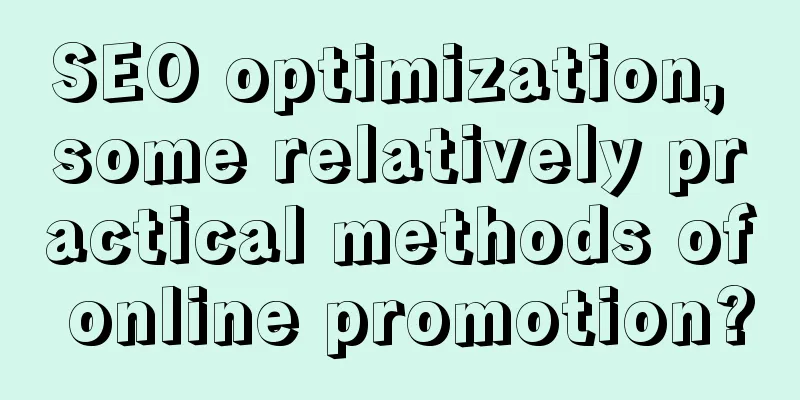Google announces multiple measures to optimize Android subscription system for emerging markets
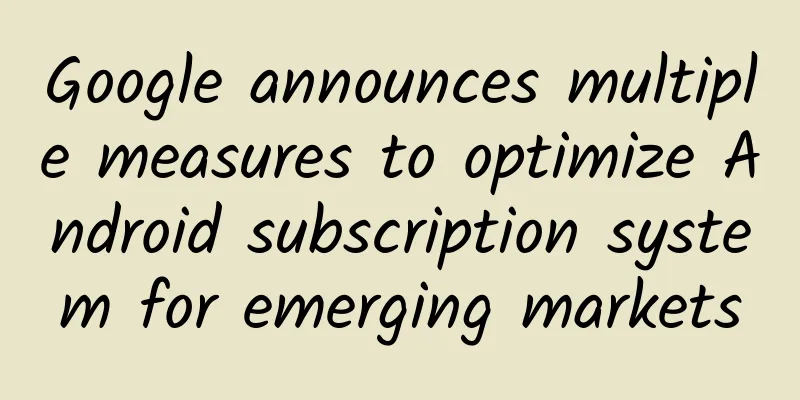
|
At its I/O developer conference, Google announced several measures designed to make it easier for Android app developers to generate revenue through subscriptions, especially when trying to reach users in emerging markets. Most notably, the company said it will now allow developers to offer subscription capabilities to users through prepaid plans, which basically provide access to apps and their services for a fixed period of time set by the developer. When a user's subscription expires, if there is a balance on the account, they can purchase recharges in the app. Google said this feature makes sense in areas where pay-as-you-go mobile phone plans are the standard. In these markets, consumers are accustomed to the prepaid model, so extending it to apps can help developers increase subscription revenue. However, prepaid subscriptions can also help target other use cases — such as subscription-averse customers who don’t want to be locked into ongoing charges and who want more control over how they spend on mobile apps. Google also announced the expansion of pricing options, launching "super low" price tiers to reach users in emerging markets. Last March, Google lowered the minimum price limit for products in more than 20 markets in Latin America, Europe, the Middle East, Africa, and Asia Pacific, allowing developers to lower prices to 10 to 30 cents (USD). At the time, the company explained that these "super low prices" would allow developers to reach new potential buyers by adjusting pricing to "better reflect local purchasing power and demand." Now, Google says developers can drop the price to as low as 5 cents. This will also allow developers to run local sales and promotions, and support various microtransactions like in-app tipping. While these changes will help better target Android app users in emerging markets, Google is making other improvements to app subscriptions as well. The company said it is making it easier to sell subscription services on Google Play by allowing developers to configure multiple base plans and special offers to reduce the overhead of having to manage an increasing number of SKUs as developers adjust the subscription services they want to sell through offers. In this setup, developers can set up multiple base plans, each with its own billing period and renewal type — such as a monthly or annual auto-renewing plan or a monthly prepaid plan. Then, for each base plan, they can create multiple special offers throughout the subscription lifecycle. For example, they can create an acquisition offer for a limited-time free trial, an upgrade offer to move from a prepaid plan to an auto-renewing tier, or even a downgrade offer to help retain a user who might want to cancel because they’re not using all of their subscription benefits. The company announced last year that it would begin supporting additional payment methods, including cash and prepaid plans. In the time since then, Google says it has expanded its library of payment methods to include more than 300 local payment methods in 70 countries, and added e-wallet payment methods such as MerPay in Japan, KCP in South Korea, and Mercado Pago in Mexico. |
<<: Common adaptation solutions for mobile terminals
>>: iOS 15 turns off personalized ads, no impact on App Store search ads
Recommend
Lemon Class-Test Management Team Leader Manager President Class
Lemon Class - Test Management Team Leader Manager ...
Zhangye clothing WeChat applet development, how to create WeChat applet in the clothing industry?
Our lives have become increasingly dependent on t...
With six new functions launched, what is Mini Program thinking now?
On January 9, based on Zhang Xiaolong ’s speech a...
Android O Developer Preview is finally out! Official introduction of new features
Posted by Dave Burke, VP of Engineering, Google S...
6 major information flow advertising platforms, which channel is the most powerful
iResearch predicts that in the next two years, in...
4 steps to complete Baidu information flow delivery! Home decoration case sharing~
The home improvement industry is a typical large ...
Zi Fei: Saving the Anxiety of Perfectionists
Course catalog: ├──01..Introduction to Perfectioni...
Juzi Classroom·Lesson Compass: Teach you how to teach and help your personal development
Juzi Classroom·Lesson Compass: Teach you how to t...
How long does it usually take to review a Tik Tok video? Tik Tok video review mechanism rules summary
Now more and more friends are joining the ranks o...
A list of clubs in Nanjing that require reservations. They are high-end and classy.
Arrangements for clubs in Nanjing that require re...
Fission is complete, how to do refined user retention work
At the end of the previous article "There se...
Wolf Shuai's A-share Devil's Dictionary - Stock Market Secrets
Lang Shuai's A-share Devil's Dictionary - ...
Huawei App Market search keyword promotion!
1. Introduction to search keyword promotion As on...
6 reasons for Android memory leaks
[[179035]] 1. Memory leak caused by resource obje...
Tips for promoting WeChat video accounts. How to promote, attract traffic and realize monetization on WeChat video accounts?
Tips for promoting WeChat video accounts. How to ...

